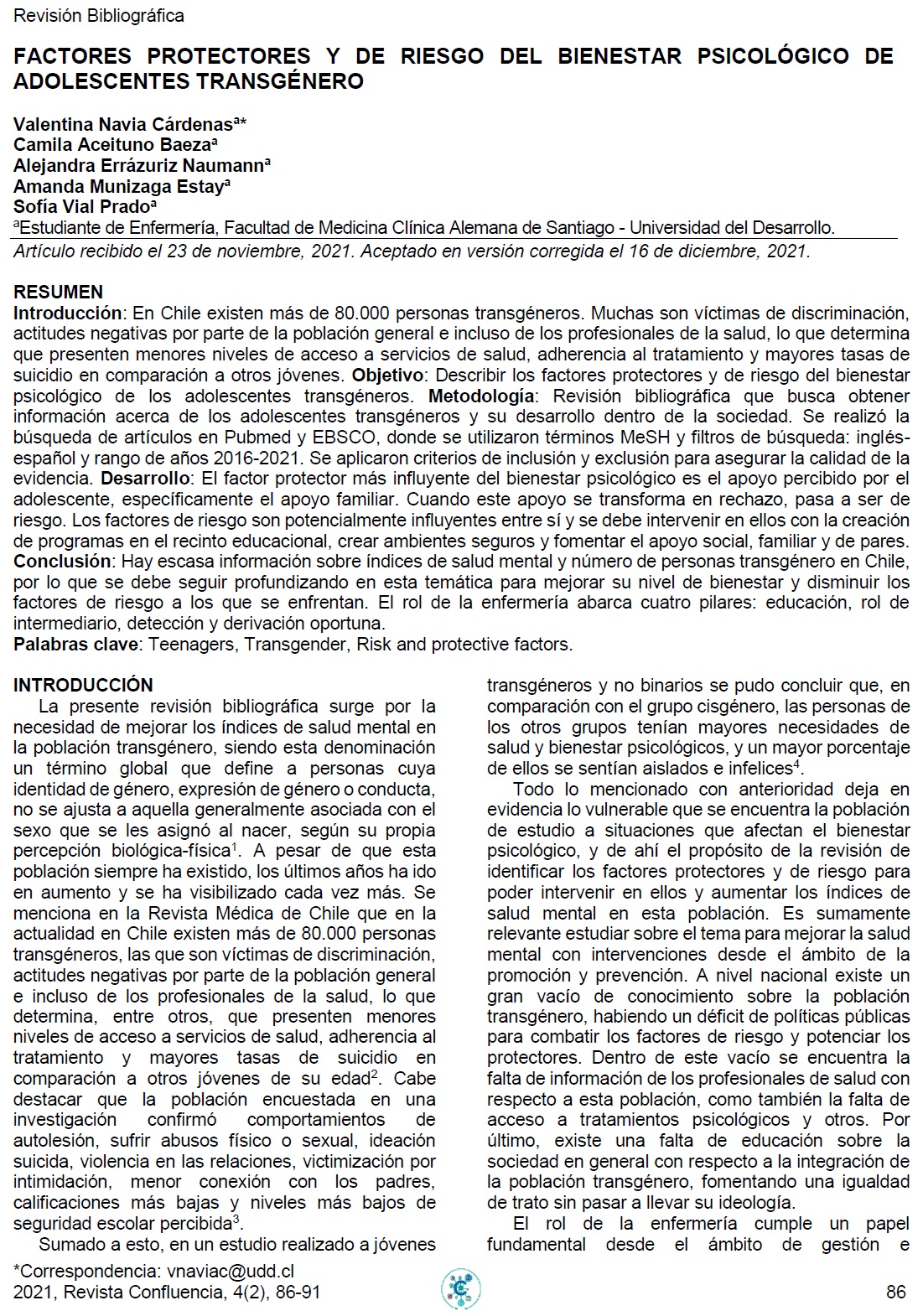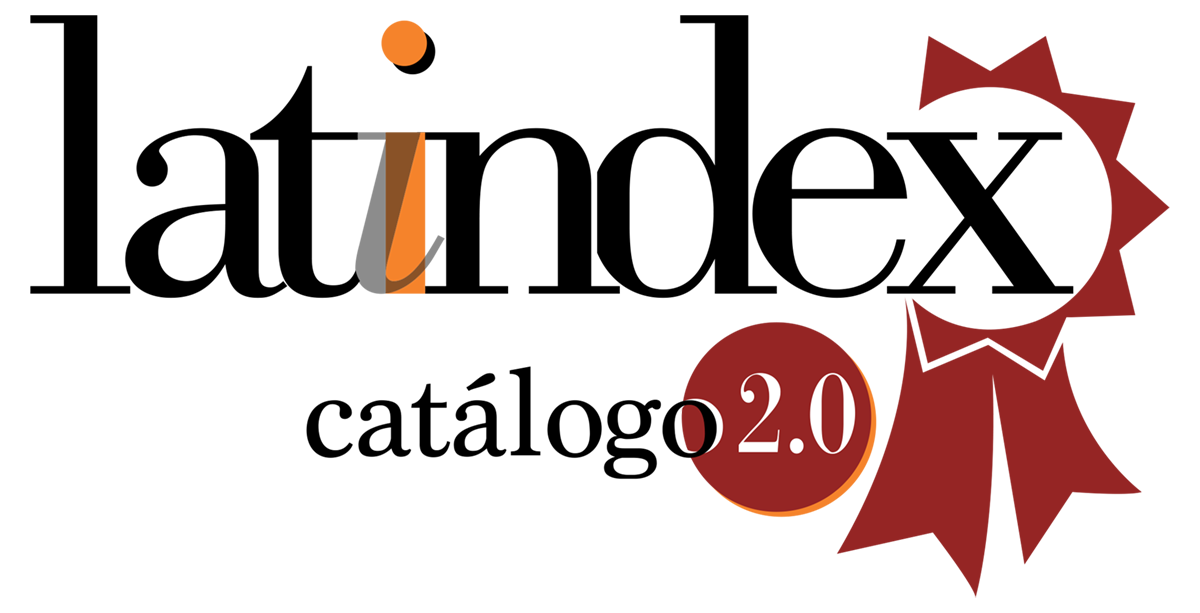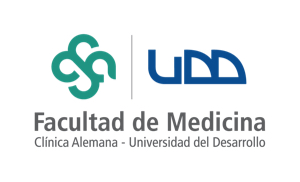Factores protectores y de riesgo del bienestar psicológico de adolescentes transgénero
DOI:
https://doi.org/10.52611/confluencia.num2.2021.675Keywords:
teenagers, transgender, risk and protective factorsAbstract
En Chile existen más de 80.000 personas transgéneros. Muchas son víctimas de discriminación, actitudes negativas por parte de la población general e incluso de los profesionales de la salud, lo que determina que presenten menores niveles de acceso a servicios de salud, adherencia al tratamiento y mayores tasas de suicidio en comparación a otros jóvenes. Objetivo: Describir los factores protectores y de riesgo del bienestar psicológico de los adolescentes transgéneros. Metodología: Se realizó la búsqueda de artículos en Pubmed y EBSCO, donde se utilizaron términos MeSH y filtros de búsqueda: inglés-español y rango de años 2016-2021. Se aplicaron criterios de inclusión y exclusión para asegurar la calidad de la evidencia. Desarrollo: El factor protector más influyente del bienestar psicológico es el apoyo percibido por el adolescente, específicamente el apoyo familiar. Cuando este apoyo se transforma en rechazo, pasa a ser de riesgo. Los factores de riesgo son potencialmente influyentes entre sí y se debe intervenir en ellos con la creación de programas en el recinto educacional, crear ambientes seguros y fomentar el apoyo social, familiar y de pares. Conclusión: Hay escasa información sobre índices de salud mental y número de personas transgénero en Chile, por lo que se debe seguir profundizando en esta temática para mejorar su nivel de bienestar y disminuir los factores de riesgo a los que se enfrentan. El rol de la enfermería abarca cuatro pilares: educación, rol de intermediario, detección y derivación oportuna.
Downloads
References
American Psychological Association. Respuestas a sus preguntas. Sobre las personas Trans, La Identidad de Género y la expresión de Género [Internet]. USA: APA; 2011 [citado el 5 de mayo, 2021]. Disponible en: https://www.apa.org/topics/lgbtq/transgenero
Zapata Pizarro A, Díaz Díaz K, Barra Ahumada L, Maureira Sales L, Linares Moreno J, Zapata Pizarro F. Atención de salud de personas transgéneros para médicos no especialistas en Chile. Rev Med Chil [Internet]. 2019 [citado el 5 de mayo, 2021];65-72. Disponible en: https://www.scielo.cl/scielo.php?script=sci_arttext&pid=S0034-98872019000100065&lang=pt
Taliaferro LA, McMorris BJ, Rider GN, Eisenberg ME. Risk and Protective Factors for Self-Harm in a Population-Based Sample of Transgender Youth. Arch Suicide Res [Internet]. 2019 [citado el 5 de mayo, 2021];1-22. Disponible en: https://www.ncbi.nlm.nih.gov/pmc/articles/PMC6102088/
Aparicio-García ME, Díaz-Ramiro EM, Rubio-Valdehita S, López-Núñez MI, García-Nieto I. Health and well-being of cisgender, transgender and non-binary young people. Int J Environ Res Public Health [Internet]. 2018 [citado el 2 de mayo, 2021];15(10):1-11. Disponible en: https://www.ncbi.nlm.nih.gov/pmc/articles/PMC6209926/
Eisenberg ME, Gower AL, McMorris BJ, Nicole Rider G, Shea G, Coleman E. Risk and Protective Factors in the Lives of Transgender/Gender Non-Conforming Adolescents HHS Public Access. J Adolesc Heal [Internet]. 2017 [citado el 5 de mayo, 2021];61(4):521-6. Disponible en: https://pubmed.ncbi.nlm.nih.gov/28736148/
Johns MM, Beltran O, Armstrong HL, Jayne PE, Barrios LC. Protective Factors Among Transgender and Gender Variant Youth: A Systematic Review by Socioecological Level [Internet]. Vol. 39, Journal of Primary Prevention. Springer New York LLC; 2018 [citado el 5 de mayo, 2021]. p. 263–301. Disponible en: https://pubmed.ncbi.nlm.nih.gov/29700674/
Moran TE, Chen CYC, Tryon GS. Bully victimization, depression, and the role of protective factors among college LGBTQ students. J Community Psychol [Internet]. 2018 [citado el 5 de mayo, 2021];46(7):871-84. Disponible en: https://onlinelibrary.wiley.com/doi/full/10.1002/jcop.21978
Gorse M. Risk and Protective Factors to LGBTQ+ Youth Suicide: A Review of the Literature. Child Adolesc Soc Work J [Internet]. 2020 [citado el 18 de junio, 2021];1-12. Disponible en: https://link.springer.com/article/10.1007/s10560-020-00710-3
Hidalgo MA, Chen D, Garofalo R, Forbes C. Perceived Parental Attitudes of Gender Expansiveness: Development and Preliminary Factor Structure of a Self-Report Youth Questionnaire. Transgender Heal [Internet]. 2017 [citado el 17 de junio, 2021];2(1):180-7. Disponible en: http://www.ncbi.nlm.nih.gov/pubmed/29159312
Lytle MC, Silenzio VMB, Homan CM, Schneider P, Caine ED. Suicidal and Help-Seeking Behaviors Among Youth in an Online Lesbian, Gay, Bisexual, Transgender, Queer, and Questioning Social Network. J Homosex [Internet]. 2018 [citado el 17 de junio, 2021];65(13):1916-33. Disponible en: https://pubmed.ncbi.nlm.nih.gov/29020574/
Poštuvan V, Podlogar T, Zadravec Šedivy N, De Leo D. Suicidal behaviour among sexual-minority youth: a review of the role of acceptance and support [Internet]. Vol. 3, The Lancet Child and Adolescent Health. Elsevier BV; 2019 [citado el 17 de junio, 2021]. p. 190-8. Disponible en: https://pubmed.ncbi.nlm.nih.gov/30679139/
Ross-Reed DE, Reno J, Peñaloza L, Green D, FitzGerald C. Family, School, and Peer Support Are Associated With Rates of Violence Victimization and Self-Harm Among Gender Minority and Cisgender Youth. J Adolesc Heal [Internet]. 2019 [citado el 18 de junio, 2021];65(6):776-83. Disponible en: https://pubmed.ncbi.nlm.nih.gov/31564618/
Watson RJ, Park M, Taylor AB, Fish JN, Corliss HL, Eisenberg ME, et al. Associations Between Community-Level LGBTQ-Supportive Factors and Substance Use Among Sexual Minority Adolescents. LGBT Heal [Internet]. 2020 [citado el 22 de junio, 2021];7(2):82-9. Disponible en: www.liebertpub.com
Kozlowska K, Chudleigh C, McClure G, Maguire AM, Ambler GR. Attachment Patterns in Children and Adolescents With Gender Dysphoria. Front Psychol [Internet]. 2021 Jan 12 [citado el 22 de junio, 2021];11:3620. Disponible en: www.frontiersin.org
Gower AL, Forster M, Gloppen K, Johnson AZ, Eisenberg ME, Connett JE, et al. School Practices to Foster LGBT-Supportive Climate: Associations with Adolescent Bullying Involvement. Prev Sci [Internet]. 2018 [citado el 5 de mayo, 2021];19(6):813-21. Disponible en: https://pubmed.ncbi.nlm.nih.gov/29032496/
Johns MM, Beltran O, Armstrong HL, Jayne PE, Barrios LC. Protective Factors Among Transgender and Gender Variant Youth: A Systematic Review by Socioecological Level [Internet]. Journal of Primary Prevention. 2018 [citado el 5 de mayo, 2021]. Disponible en: https://www.ncbi.nlm.nih.gov/pmc/articles/PMC5976555/
Hatchel T, Marx R. Understanding Intersectionality and Resiliency among Transgender Adolescents: Exploring Pathways among Peer Victimization, School Belonging, and Drug Use. 2018 [citado el 5 de mayo, 2021]. Disponible en: www.mdpi.com/journal/ijerph
Wilson EC, Chen YH, Arayasirikul S, Raymond HF, McFarland W. The Impact of Discrimination on the Mental Health of Trans*Female Youth and the Protective Effect of Parental Support. AIDS Behav [Internet]. 2016 [citado el 5 de mayo, 2021];20(10):2203-11. Disponible en: https://pubmed.ncbi.nlm.nih.gov/27115401/
Hatchel T, Ingram KM, Mintz S, Hartley C, Valido A, Espelage DL, et al. Predictors of Suicidal Ideation and Attempts among LGBTQ Adolescents: The Roles of Help-seeking Beliefs, Peer Victimization, Depressive Symptoms, and Drug Use. J Child Fam Stud [Internet]. 2019 [citado el 18 de junio, 2021];28(9):2443-55. Disponible en: https://www.researchgate.net/publication/330585013_Predictors_of_Suicidal_Ideation_and_Attempts_among_LGBTQ_Adolescents_The_Roles_of_Help-seeking_Beliefs_Peer_Victimization_Depressive_Symptoms_and_Drug_Use
Simms D. Peer Responses to Trans Youth Tweeting About Self-Harm and Suicidality. Creat Nurs [Internet]. 2020 [citado el 18 de junio, 2021];26(2):135-42. Disponible en: http://dx.doi.org/10.1891/CRNR-D-19-00089
Coyne CA, Poquiz JL, Janssen A, Chen D. Evidence-Based Psychological Practice for Transgender and Non-Binary Youth: Defining the Need, Framework for Treatment Adaptation, and Future Directions. Evidence-Based Pract Child Adolesc Ment Heal [Internet]. 2020 [citado el 22 de junio, 2021];5(3):340-53. Disponible en: https://www.tandfonline.com/doi/abs/10.1080/23794925.2020.1765433
Scheer JR, Baams L. Help-Seeking Patterns Among LGBTQ Young Adults Exposed to Intimate Partner Violence Victimization. J Interpers Violence [Internet]. 2019 [citado el 18 de junio, 2021]. Disponible en: https://pubmed.ncbi.nlm.nih.gov/31084403/

Downloads
Published
How to Cite
Issue
Section
License
Copyright (c) 2021 Revista Confluencia

This work is licensed under a Creative Commons Attribution-NonCommercial-NoDerivatives 4.0 International License.








